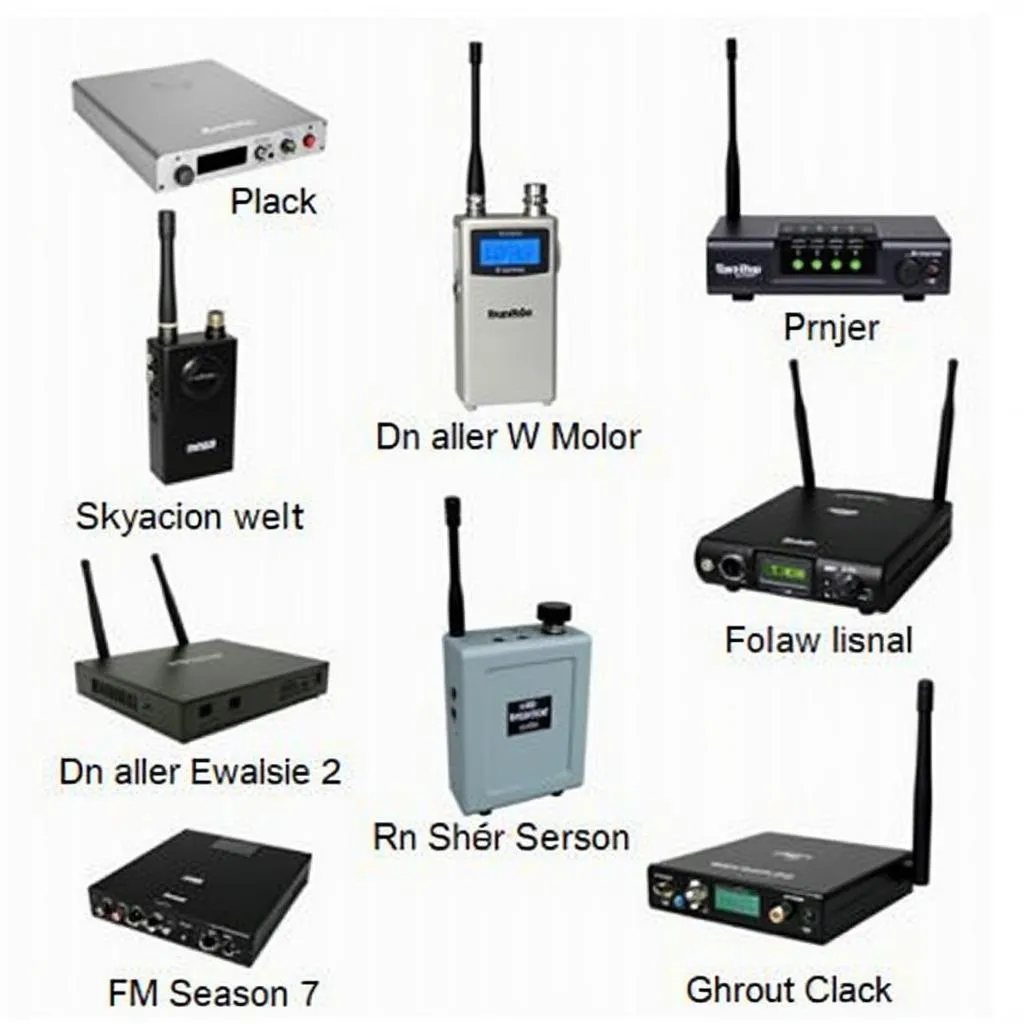The “brake” warning light illuminating on the dashboard of your 1999 Chevrolet Suburban can be an unnerving experience. While it often signals a problem within the braking system, it can also indicate other issues. This comprehensive guide will walk you through the common causes, troubleshooting steps, and potential solutions for a 99 Suburban brake warning light.
Understanding Your Suburban’s Brake Warning Light
The brake warning light on your dashboard serves as a crucial safety indicator. When illuminated, it’s your vehicle’s way of communicating a potential issue within the braking system that requires your immediate attention. Ignoring this warning could lead to reduced braking performance and increase the risk of an accident.
Common Causes of a 99 Suburban Brake Warning Light
Several culprits could be responsible for triggering the brake warning light in your 1999 Suburban:
-
Low Brake Fluid: One of the most common and straightforward reasons is low brake fluid. This fluid is essential for transmitting the force you apply to the brake pedal to the wheels, enabling your Suburban to stop. A leak in the brake lines or a worn-out master cylinder can cause the fluid level to drop.
-
Worn Brake Pads: Brake pads naturally wear down over time due to friction. If they wear down too thin, the brake warning light will activate. This is a normal part of vehicle maintenance, and replacing the brake pads should resolve the issue.
-
Faulty Brake Light Switch: The brake light switch, located behind the brake pedal, is responsible for turning on the brake lights when you press the pedal. A malfunctioning switch can trigger the brake warning light.
-
ABS Issues: Your 1999 Suburban is equipped with an Anti-lock Braking System (ABS), a safety feature that prevents the wheels from locking up during hard braking. If there’s a problem with the ABS system, such as a faulty sensor or a malfunctioning control module, the brake warning light may illuminate.
-
Parking Brake Engaged: It might seem obvious, but sometimes the simplest explanation is the most likely one. If your parking brake is even slightly engaged, it can trigger the brake warning light. Make sure the parking brake is fully released.
Troubleshooting Your 99 Suburban Brake Warning Light
Before heading to a mechanic, here are some initial steps you can take to troubleshoot the issue:
-
Check the Brake Fluid Level: Park your Suburban on a level surface and open the hood. Locate the brake fluid reservoir, typically a translucent plastic container mounted on the driver’s side of the engine bay. Check the fluid level against the “Min” and “Max” markings on the reservoir. If the level is low, carefully add the correct type of brake fluid, as specified in your owner’s manual.
-
Inspect the Brake Lines: Visually examine the brake lines running along the undercarriage of your Suburban for any signs of leaks, cracks, or damage. A leak in the brake lines can cause a significant loss of brake fluid and compromise your braking system’s effectiveness. If you notice any leaks, it’s crucial to have them repaired by a qualified mechanic immediately.
-
Check the Parking Brake: Ensure that your parking brake is fully released. Sometimes, even a slightly engaged parking brake can trigger the brake warning light.
-
Listen for Unusual Noises: When applying the brakes, pay close attention to any unusual sounds, such as grinding, squealing, or scraping. These noises can indicate worn brake pads, which require replacement.
When to Seek Professional Help
If your troubleshooting efforts don’t pinpoint the problem or if you’re uncomfortable working on your vehicle’s braking system, seeking professional help is essential. A qualified mechanic can diagnose the issue accurately using specialized tools and equipment.
Remember, a properly functioning braking system is paramount to your safety and the safety of others on the road. Don’t hesitate to seek professional assistance when needed.
“Addressing brake warning lights promptly is crucial,” says John Smith, a certified automotive technician with over 20 years of experience. “Ignoring them could lead to more extensive and costly repairs down the line, not to mention jeopardizing your safety.”
99 Suburban Brake Warning Light: FAQs
1. Can I drive my Suburban with the brake warning light on?
It’s not advisable to drive your Suburban with the brake warning light illuminated. It indicates a potential problem with the braking system that could compromise your safety.
2. How much does it cost to fix a brake warning light on a 99 Suburban?
The cost of repair varies widely depending on the underlying cause. Simple fixes like low brake fluid or a faulty brake light switch can be relatively inexpensive. However, more complex issues like ABS problems or a damaged master cylinder can be significantly more expensive.
99 gmc suburban dash brake warning is on
3. How often should I check my brake fluid?
It’s a good practice to check your brake fluid level at least once a month.
4. Can I add any type of brake fluid to my 99 Suburban?
No, it’s crucial to use the correct type of brake fluid as specified in your owner’s manual. Using the wrong type of fluid can damage your braking system.
Conclusion
The brake warning light in your 1999 Chevrolet Suburban should never be ignored. Understanding its potential causes and taking the necessary steps to address them ensures your safety and the optimal performance of your vehicle. Whether it’s a simple fix or requires the expertise of a qualified mechanic, promptly addressing brake warning lights is essential for your peace of mind on the road.

